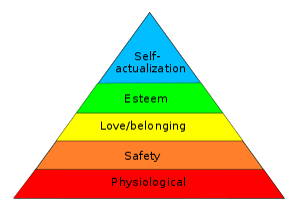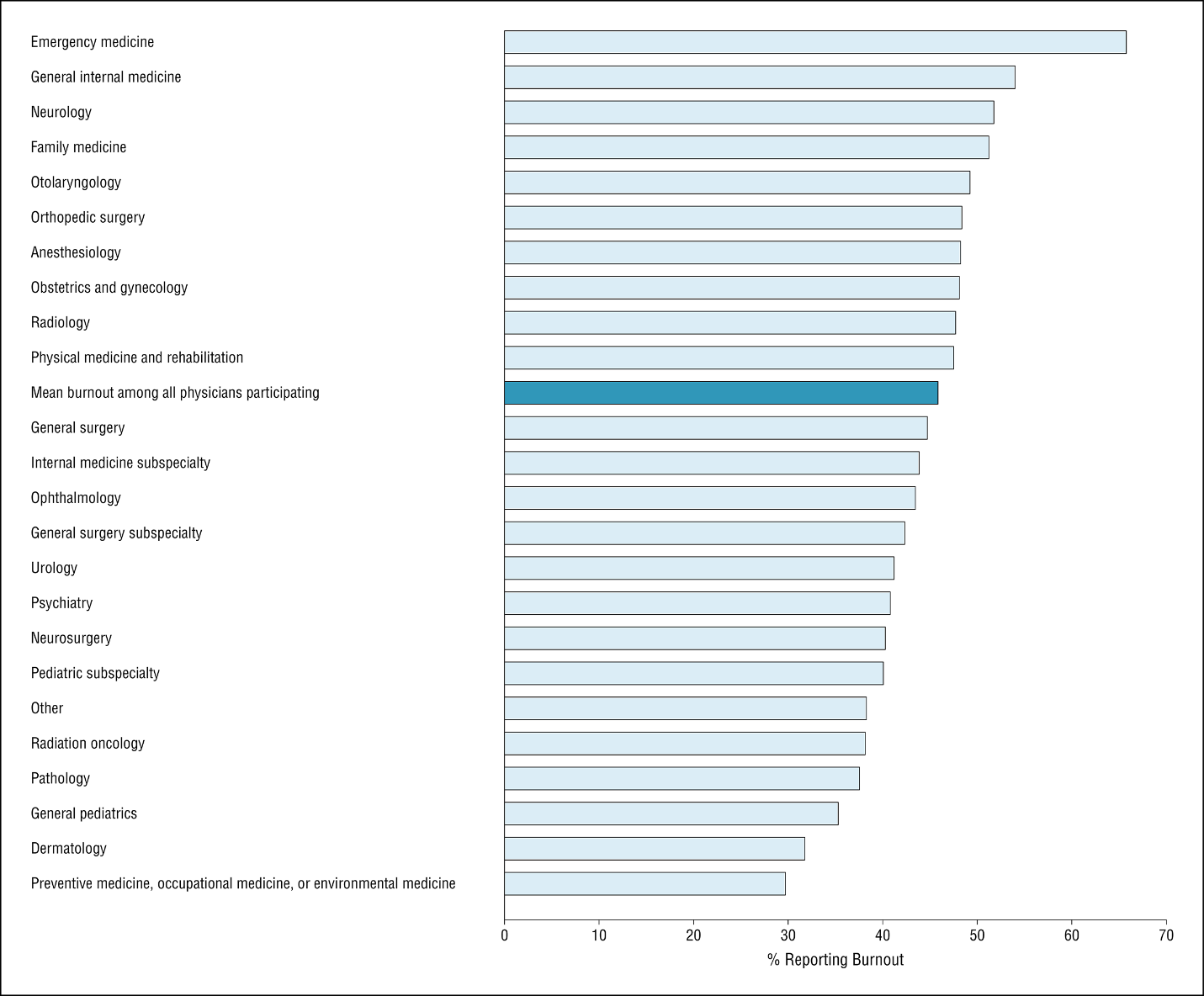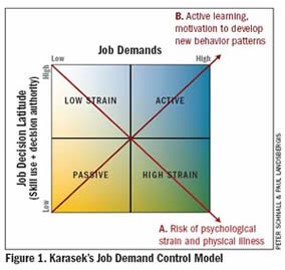Caring for Our Residents and Fellows

Medicine is a stressful profession with many demands on our time, our attention, and our energy. All this takes a toll though. At any given time 25-75% of residents are burned out (1) and residency is the “nadir of personal wellness in a physician’s career.” (2) Physician burnout has serious consequences; it leads to poorer patient care and increased medical errors along with increased rates of substance abuse, suicide, and intent to leave practice. (3) It is our duty to ourselves and to our patients to maintain our optimal physical and emotional health.
We often talk about how important it is to take care of our patients but rarely talk about taking care of ourselves. We want you to care for yourselves just as you would care for any of your patients. As very high functioning individuals, physicians routinely satisfy the top needs of Maslow’s hierarchy.
Physicians across the spectrum experience significant rates of burnout. Although the practice of medicine can be immensely rewarding and fulfilling, the intense demands often take a toll on our personal well-being. Burnout has serious repercussions for physicians and increases problematic behaviors such as alcohol use, strains our personal relationships, and can even lead to suicidal ideation. (4) We must make our self-care a priority.

.png)
 Loss of autonomy over our environment has a significant contribution to our perception of personal control. The Karasek model is a useful framework to think about how factors like demand (for example, work hours) and control (flexible scheduling) can balance physician stress. (5) But there are many other contributors such as excessive workload, administrative burdens, a decline in the sense of meaning that physicians derive from their work, and difficulty integrating personal and professional life. (6)
Loss of autonomy over our environment has a significant contribution to our perception of personal control. The Karasek model is a useful framework to think about how factors like demand (for example, work hours) and control (flexible scheduling) can balance physician stress. (5) But there are many other contributors such as excessive workload, administrative burdens, a decline in the sense of meaning that physicians derive from their work, and difficulty integrating personal and professional life. (6)
Cooper seeks to foster an environment of resiliency among our clinicians and staff. Cooper’s wellness website highlights just a portion of the many ways we focus on the health and well being of our physicians including regular posts with mindfulness or yoga videos, inspirational articles, updates on wellness initiatives at Cooper, and ways for everyone to become involved.
- IsHak WW, et al. Burnout during residency training. J Grad Med Educ. 2009;1(2):236.
- Lefebvre D. Perspective: resident physician wellness: A new hope. Acad Med. 2012;13(5):598.
- Linzer M, et al. (2002), Physician stress: results from the physician worklife study. Stress and Health, 18:37.
- Shanafelt TD, et al. Burnout and satisfaction with work-life balance among US physicians relative to the general US population. Arch Intern Med. 2012;172 (8):1377-1385.
- Karasek RA. Job demands, job decision latitude, and mental strain: Implications for job redesign. Admin Sci Quarterly. 1979;24(2):285-308.
- Shanafelt TD, et al. The well-being of physicians. Am J Med. 2003;114 (6):513-519.
Important Numbers
- Rowan SOM Psychiatry: 856-482-9000
- National Suicide Prevention Lifeline: 800-273-8255 and 800-SUICIDE (784-2433)
- National Hotline: http://www.pleaselive.org/hotlines/
- Protocall: 856-256-4911
- Carebridge: 800-437-0911, www.myliferesource.com
- Security Desk: 856-342-2400
- Crisis Intervention: 888-596-4447
